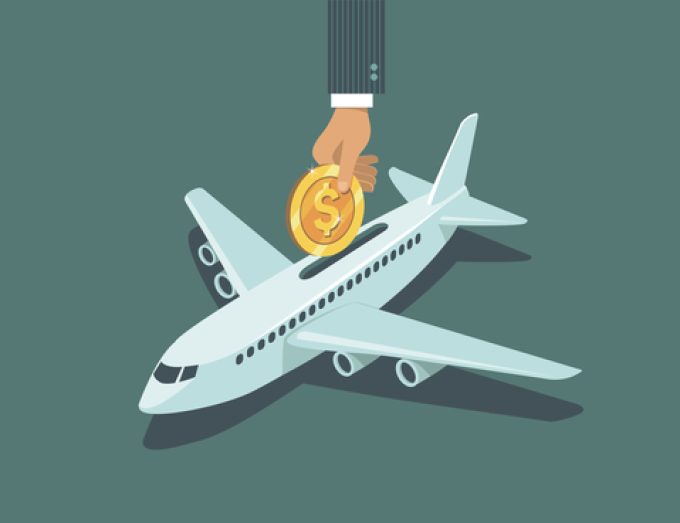Global container trade still strong, but front-loading not the cause
Global container traffic in January continued to show underlying strength, according to recently released figures ...

Forwarders and data providers are reporting increasingly high airfreight rates out of Asia, expected to hit a new level at the end of November. But the market is not anticipating a ‘crazy’ peak.
Worldwide, air cargo spot rates rose 5% in the last week of October, from a week earlier, with origin Asia Pacific up 3%, Europe up 7% and Central and South America up 8% – although global tonnages remained flat, according to WorldACD.
Spot rates are now 22% above where ...
MSC port arm to buy Hutchison ports including Panama and Felixstowe
Latest strike will cause ‘massive' disruption at German airports
K+N 'still number-one' in air and ocean – but it's not all good news
US Chinese ship penalties will hit transatlantic trade hardest – Soren Toft
Congestion at Asian and European ports keeping charter rates firm
Liners cut long-haul sailings, but 'it won't be enough' to stop rates tumbling

Comment on this article